Have you ever wondered how to keep your oily skin in check without turning to harsh products that might stress it even more? Having oily skin can be a bit of a balancing act, but with the right skincare routine, you can manage shine and keep your skin healthy and beautiful. Let’s explore how to create a skincare routine that caters specifically to the needs of oily skin.
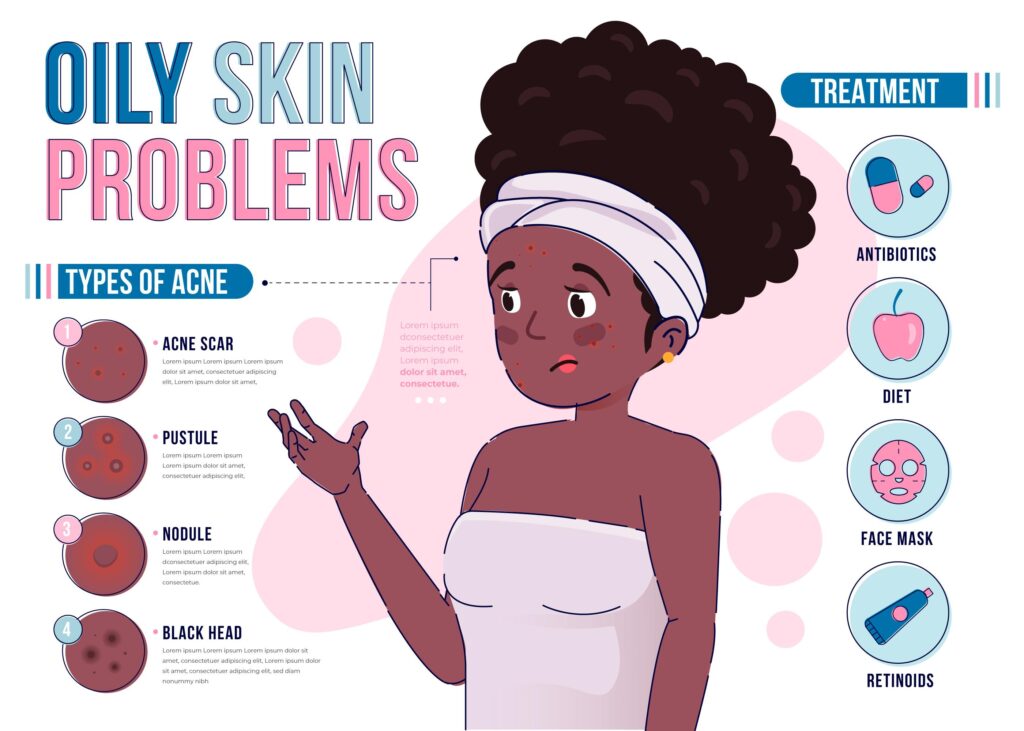
Understanding Oily Skin
What Causes Oily Skin?
Oily skin results from overactive sebaceous glands producing more sebum than necessary. While sebum is essential for skin health, providing it with a waterproof barrier and keeping it moisturized, excess amounts can lead to clogged pores and acne. Factors like genetics, hormones, diet, and climate can influence your skin’s oil production.
Characteristics of Oily Skin
Before establishing a skincare routine, it’s important to identify the characteristics of oily skin. Typically, oily skin exhibits:
- Shine and Greasiness: A shiny appearance, especially in the T-zone (forehead, nose, chin).
- Enlarged Pores: More visible pores due to excess oil production.
- Frequent Acne Breakouts: Increased likelihood of blackheads, whiteheads, and pimples.
- Thicker Skin Texture: May feel rough or uneven at times.
Creating Your Skincare Routine
Morning Routine
Kick-starting your day with the right skincare can help control oil production and keep your skin looking fresh throughout the day. Here’s how you can structure your morning routine:
1. Cleanser
Choose a gentle, foaming cleanser that removes excess oil while being gentle on the skin. Look for ingredients like salicylic acid or glycolic acid which help to clear pore-clogging debris.
Sample Recommendation: Use a salicylic acid-based cleanser in the morning to balance oil levels without over-drying your skin.
2. Toner
Toners are crucial in removing any leftover impurities and balancing your skin’s pH. Opt for an alcohol-free toner that contains ingredients like witch hazel or niacinamide, known for controlling oil and minimizing pores.
Toner Tip: Apply toner gently with a cotton pad, focusing on the T-zone to get rid of any remaining oil.
3. Moisturizer
Even oily skin needs moisture. Choose a lightweight, non-comedogenic moisturizer that hydrates without clogging pores. Gel-based or water-based moisturizers are typically more suitable for oily skin.
4. Sun Protection
Never skip the sunscreen! Find a broad-spectrum, oil-free sunscreen with SPF 30 or higher. Sunscreen protects your skin from harmful UV rays, preventing premature aging and acne scars.
Evening Routine
Your evening routine should focus on deep cleansing and replenishing your skin. Here’s how you can wind down with an evening skincare routine:
1. Double Cleanse
Start with an oil-based cleanser to remove makeup and sunscreen, followed by your regular foaming cleanser to cleanse your skin thoroughly.
2. Exfoliate (2-3 times a week)
Exfoliation helps remove dead skin cells and prevents clogged pores. Use a chemical exfoliant with AHAs or BHAs to promote cell turnover without causing micro-tears on your skin.
3. Treatment Products
Consider incorporating treatment products like serums or treatments containing active ingredients such as retinol or benzoyl peroxide to combat acne and regulate oil production.
Treatment Advice: Start with lower concentrations and gradually increase as your skin builds tolerance.
4. Moisturizer
End your day with a calming and hydrating moisturizer to soothe your skin and lock in all the goodness from your treatment products.
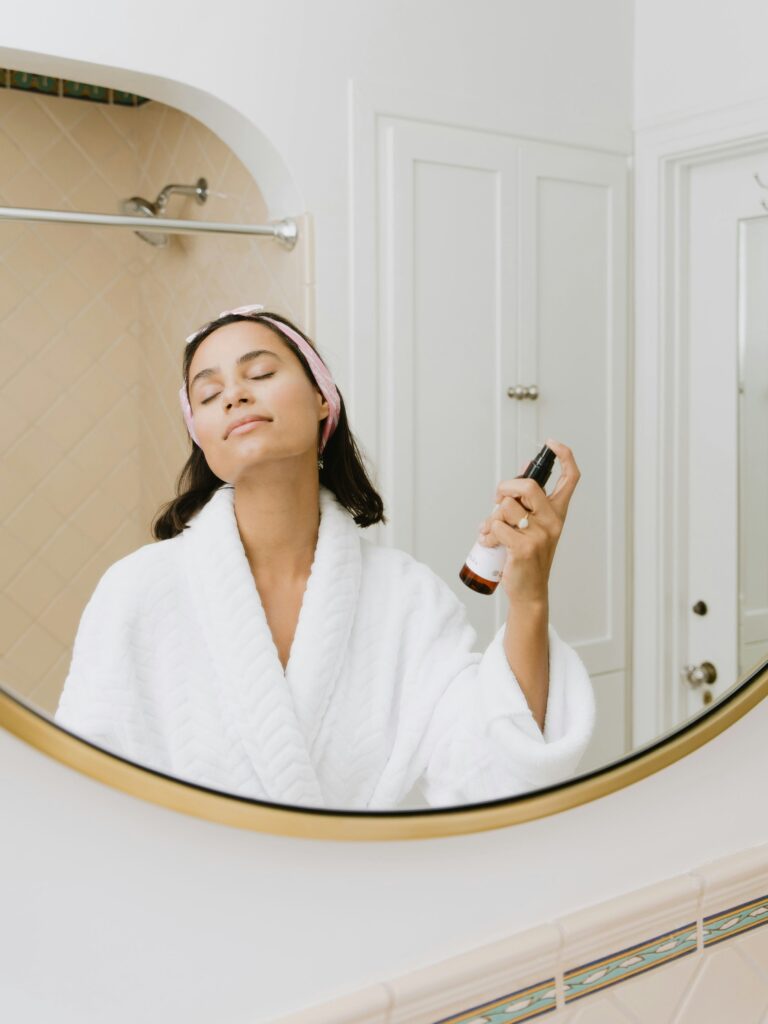
Tips to Enhance Your Routine
Watch Your Diet
Certain foods may exacerbate oil production or lead to breakouts. Monitor your intake of dairy, sugar, and high-glycemic foods, which have been linked to increased oil production. Incorporate foods rich in antioxidants, omega-3 fatty acids, and vitamins to support skin health.
Stay Hydrated
Maintaining proper hydration levels is essential for healthy skin. Drinking adequate water helps keep your skin plump, supports detoxification, and can balance oil production.
Manage Stress Levels
Stress can lead to hormonal imbalances that trigger excess oil production. Practice stress-management techniques such as yoga, meditation, or regular exercise to maintain skin health.
Regular Skin Evaluation
Monitor your skin regularly and adapt your skincare routine as needed. Seasonal changes, lifestyle alterations, and age can all influence your skin’s needs.
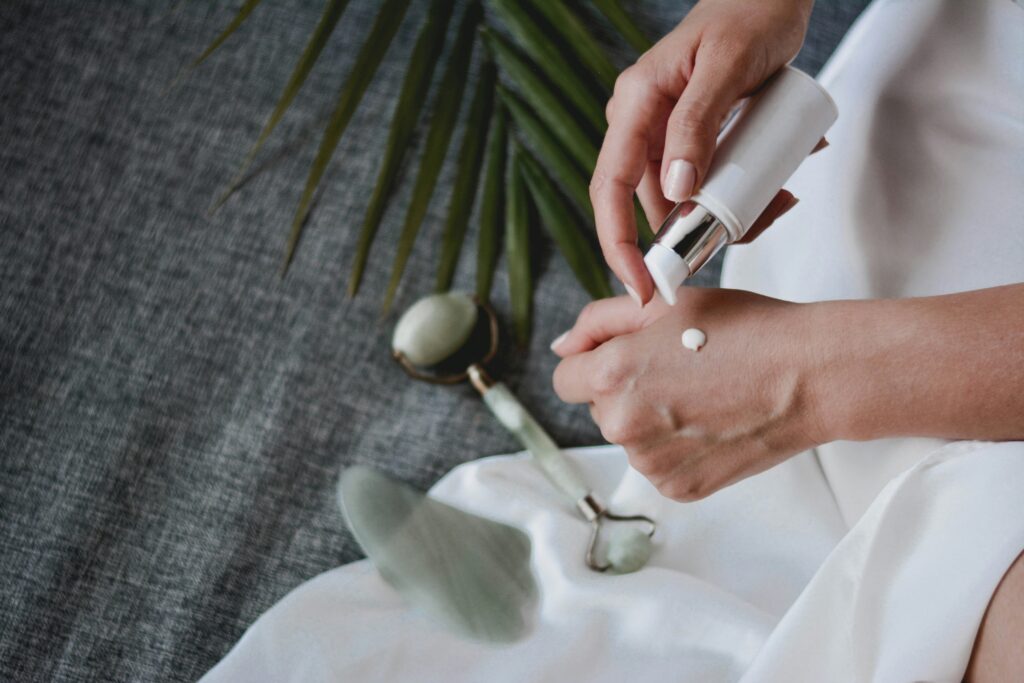
Common Myths About Oily Skin
Myth 1: Oily Skin Doesn’t Need Moisturizing
It’s a common misconception that moisturizing can make your skin oilier. On the contrary, skipping moisturizer can trigger your skin to produce even more oil to compensate for the lack of moisture. Always opt for a lightweight moisturizer suitable for oily skin.
Myth 2: Sunbathing Dries Up Oily Skin
While sun exposure can temporarily reduce oiliness, it can cause long-term damage like premature aging and hyperpigmentation. Always use sunscreen without fail.
Myth 3: Exfoliating Daily is Beneficial
Over-exfoliating can strip your skin of its natural oils and lead to irritation and increased oil production. Stick to exfoliating 2-3 times per week to keep your skin in balance.
Myth 4: Oil-free Products are Always Better
Not all oil-free products are good for oily skin. Some oils, like jojoba or squalane, can mimic your skin’s natural sebum, providing balance and moisture without clogging pores.

Benefits of Embracing Your Oily Skin
Embracing your skin’s natural characteristics can be empowering. Oily skin has its unique benefits, such as a natural glow and slower aging process due to increased moisture. With the right routine, you can enhance these benefits and maintain beautiful, healthy skin.
Longer-Lasting Makeup
Oily skin can help your makeup stay in place longer without fading or caking due to added moisture. Look for makeup specially formulated for oily skin to enhance your look.
Built-In Moisture
Your skin’s natural oils help keep it hydrated, leading to a youthful, dewy appearance. Proper skincare helps manage excess oil while maintaining this natural advantage.
Younger-Looking Skin
Oily skin tends to develop fewer wrinkles and fine lines compared to dry skin types due to retained moisture and oils that act as a natural barrier.
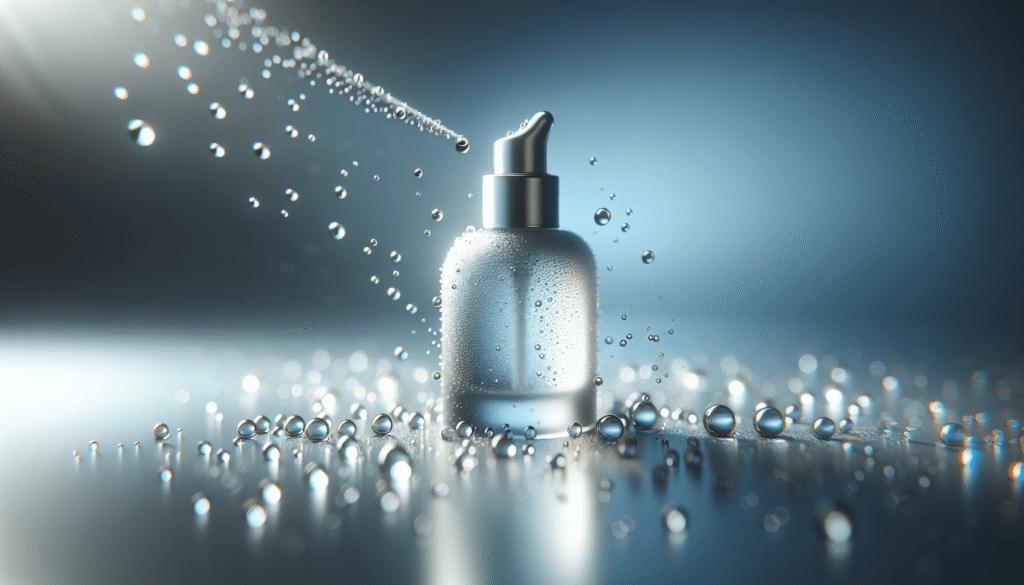
Conclusion
Crafting a skincare routine for oily skin involves understanding your skin’s needs and addressing them with the right products and practices. With a consistent regimen, healthy lifestyle adjustments, and an openness to embracing your skin’s natural characteristics, you can maintain a beautiful, shine-free complexion. Remember, every skin type is unique, so listen to your skin and tailor your routine as needed to achieve the best results.

 Skincare Myths That Are Wrecking Your Glow
Skincare Myths That Are Wrecking Your Glow 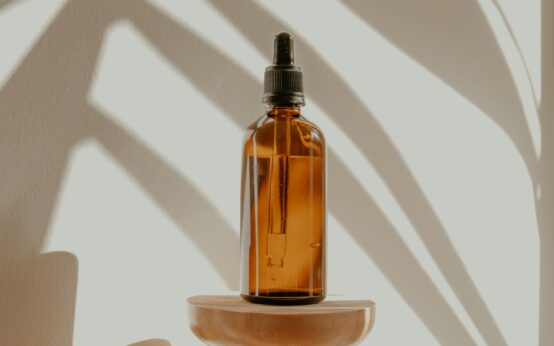 How To Choose The Right Moisturizer For Your Skin Type
How To Choose The Right Moisturizer For Your Skin Type  Glowing Skin Secrets: Natural Tips That Really Work
Glowing Skin Secrets: Natural Tips That Really Work  How To Exfoliate Your Skin Safely At Home
How To Exfoliate Your Skin Safely At Home 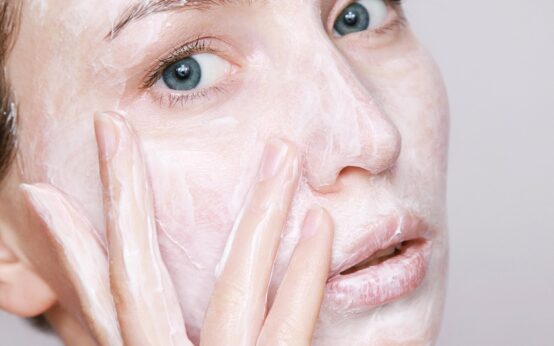 Popular Anti-Aging Skincare Products That Actually Work
Popular Anti-Aging Skincare Products That Actually Work  The Best Ingredients For Anti-Aging Skincare
The Best Ingredients For Anti-Aging Skincare  Skincare Myths That Are Wrecking Your Glow
Skincare Myths That Are Wrecking Your Glow  Natural Skincare 101: Everything you Need to Know
Natural Skincare 101: Everything you Need to Know  The Ultimate Guide To Sunscreen: What You Need To Know
The Ultimate Guide To Sunscreen: What You Need To Know 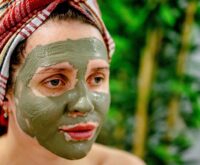 Guide to the Best Anti acne Products for Clear Skin
Guide to the Best Anti acne Products for Clear Skin 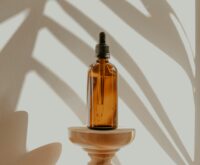 How To Choose The Right Moisturizer For Your Skin Type
How To Choose The Right Moisturizer For Your Skin Type